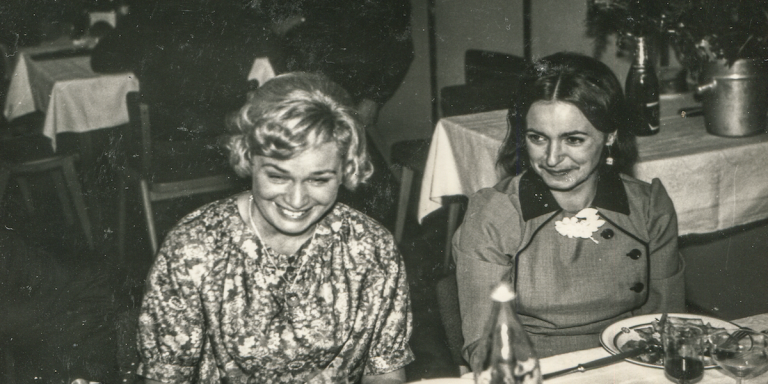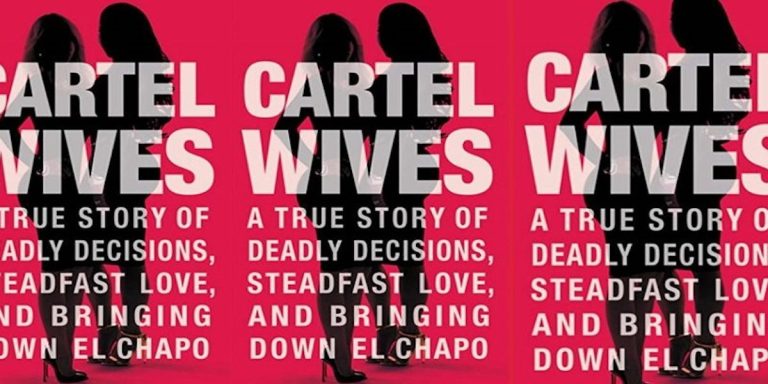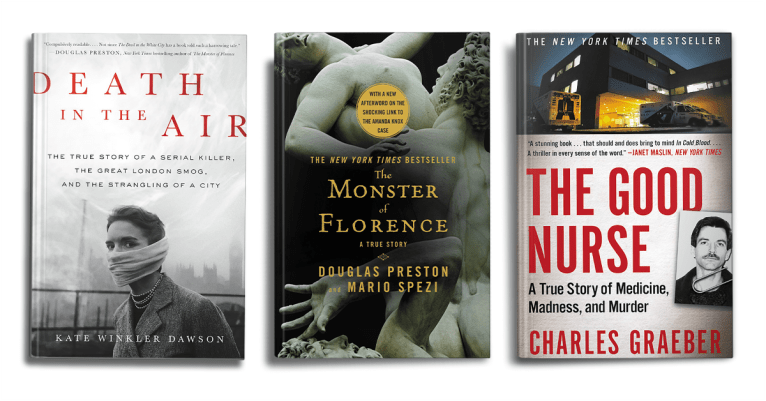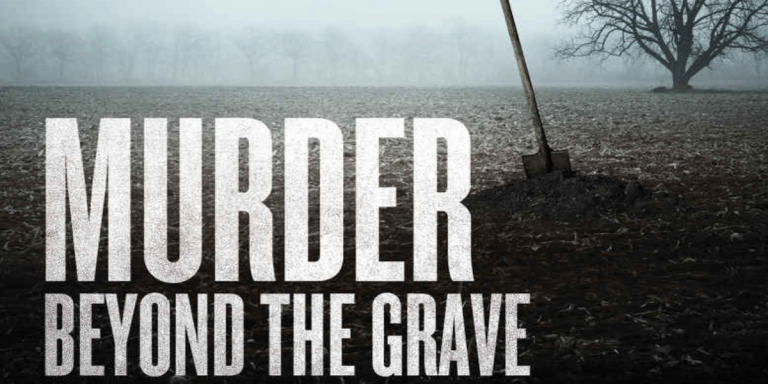Confessions of a True Crime Addict
 Usually I’d open an essay about one of my favorite genres with a phrase like “I love” or “I’m a huge fan of,” but that never sits right when I’m talking about true crime because many of the books in the true crime genre are about awful things that happened to very real people. But I have always been very interested in true crime, and I do read a lot of it. The Unsolved Mysteries TV show when I was a kid certainly played a role in this, combined with my lifelong interest in sociology and human behavior, and the idea that if you can figure out the problem, then you can work towards a solution. True crime books that incorporates those things are the ones I want to read. Thankfully, publishing has started putting out more true crime books that emphasize being thoughtful and socially aware, put victims in the forefront, blend memoir and history, and tell stories of bananapants nonviolent crimes, all to present a more well-rounded approach to crime and how it is documented.
Usually I’d open an essay about one of my favorite genres with a phrase like “I love” or “I’m a huge fan of,” but that never sits right when I’m talking about true crime because many of the books in the true crime genre are about awful things that happened to very real people. But I have always been very interested in true crime, and I do read a lot of it. The Unsolved Mysteries TV show when I was a kid certainly played a role in this, combined with my lifelong interest in sociology and human behavior, and the idea that if you can figure out the problem, then you can work towards a solution. True crime books that incorporates those things are the ones I want to read. Thankfully, publishing has started putting out more true crime books that emphasize being thoughtful and socially aware, put victims in the forefront, blend memoir and history, and tell stories of bananapants nonviolent crimes, all to present a more well-rounded approach to crime and how it is documented.
What do I mean by books that are thoughtful and socially aware? Historically, a lot of books in the crime genre have felt like they were written for sport, with 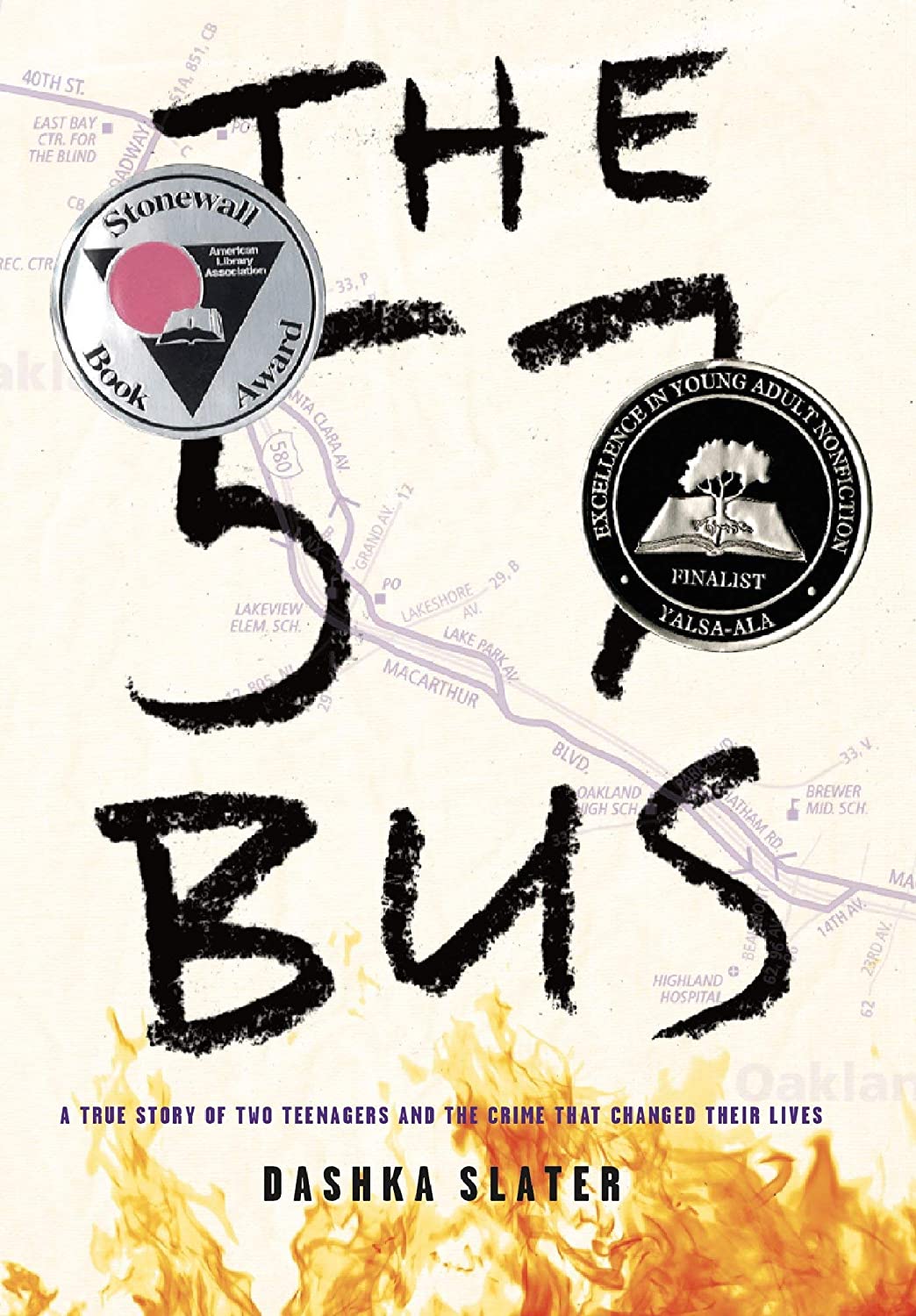 little thought, understanding, or empathy for those affected. The 57 Bus: A True Story of Two Teenagers and the Crime That Changed Their Lives by Dashka Slater is not only a rare YA nonfiction title, but it is also written with compassion while trying to tell the crime of a gender-nonconforming teen whose skirt was set on fire on a bus by a Black teen boy. It also takes readers into what many know nothing or little about: the juvenile justice system.
little thought, understanding, or empathy for those affected. The 57 Bus: A True Story of Two Teenagers and the Crime That Changed Their Lives by Dashka Slater is not only a rare YA nonfiction title, but it is also written with compassion while trying to tell the crime of a gender-nonconforming teen whose skirt was set on fire on a bus by a Black teen boy. It also takes readers into what many know nothing or little about: the juvenile justice system.
What do I mean by putting victims at the forefront? Let’s start with not worshiping serial killers or thinking they are in any way charismatic or brilliant. Seriously, gross. And also very wrong. To quote Lindy West from her essay, “Ted Bundy Was Not Charming — Are You High?” in The Witches Are Coming: “Ted Bundy was a mediocre student whom no one liked who failed at everything he ever tried to do except for exploiting women’s socialization as caregivers in order to put them into vulnerable situations so he could take away their one single precious exquisite life.” How many people can name serial killers but not their victims? Telling, right? The Five: The Untold Lives of the Women Killed by Jack the Ripper by Hallie Rubenhold finally tells the stories of Polly, Annie, Elizabeth, Catherine, and Mary-Jane rather than obsessing over Jack the Ripper. It also shows the damage done by the press and explores what it was like to be a woman at the time of the murders, along with debunking the persistent false claim that the victims were prostitutes.
As for memoir and true crime blends, this has recently become one of the types of nonfiction that I am most drawn to. In my personal reading, they tend to fall into two categories: memoirs written by a victim or person closely related to the victim of a crime, or an investigation written by person who came across a crime that somehow impacted them or sent them down the rabbit hole of needing to know or understand what happened. One of the most amazing memoirs, regardless of category, that I’ve ever read is Know My Name by Chanel Miller. For years, the public only knew Miller as Emily Doe, Brock Turner’s victim, or in the context of The Stanford Rape Case. Her memoir is not only fantastically written but cuts through the perception that victims are singularly defined by the crimes that were committed against them. Another recent true crime memoir that speaks to a current movement is My Midnight Years: Surviving Jon Burge’s Police Torture Ring and Death Row by Ronald Kitchen, which takes you straight into our justice system and reveals how it is designed to be an unjust system for Black people and marginalized people. Both of these have audiobooks narrated by the authors, which I highly recommend.
T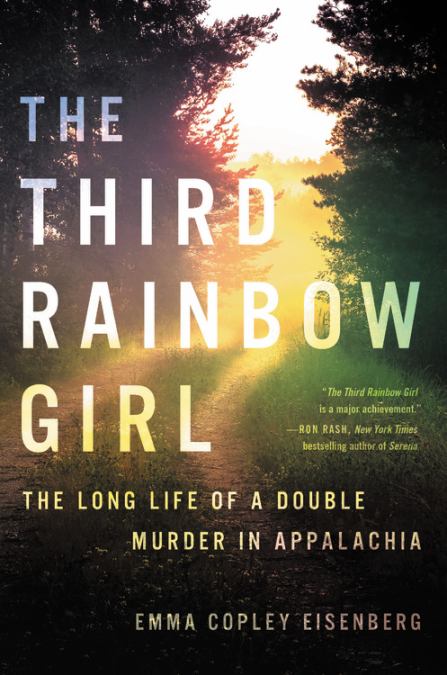 rue crime memoirs written by people who came across a crime they were unconnected to have also been opening the door for deeper and more compassionate true crime coverage that strays far from the genre’s history of glorifying violence and predators. The Third Rainbow Girl: The Long Life of a Double Murder in Appalachia by Emma Copley Eisenberg is about an unsolved murder of two young women who were hitchhiking to a peace festival, which the author heard about while living in Pocahontas County, West Virginia. This is both about Eisenberg’s move to the rural town and her experiences there, and a look at the case and how it affected the community—all while managing to write an empathetic portrayal of Appalachia, which is sadly a rare occurrence. Also, We Keep the Dead Close: A Murder at Harvard and a Half Century of Silence by Becky Cooper is a new release about the author’s years as an undergrad, during which she learned about a graduate student’s murder decades past in 1969, when Harvard merged with Radcliffe, their all-female sister school.
rue crime memoirs written by people who came across a crime they were unconnected to have also been opening the door for deeper and more compassionate true crime coverage that strays far from the genre’s history of glorifying violence and predators. The Third Rainbow Girl: The Long Life of a Double Murder in Appalachia by Emma Copley Eisenberg is about an unsolved murder of two young women who were hitchhiking to a peace festival, which the author heard about while living in Pocahontas County, West Virginia. This is both about Eisenberg’s move to the rural town and her experiences there, and a look at the case and how it affected the community—all while managing to write an empathetic portrayal of Appalachia, which is sadly a rare occurrence. Also, We Keep the Dead Close: A Murder at Harvard and a Half Century of Silence by Becky Cooper is a new release about the author’s years as an undergrad, during which she learned about a graduate student’s murder decades past in 1969, when Harvard merged with Radcliffe, their all-female sister school.
As a fan of history and journalism, I also always gravitate towards true crime about historical events, especially ones that I wasn’t previously aware of. The Golden Thread: The Cold War Mystery Surrounding the Death of Dag Hammarskjöld by Ravi Somaiya is about Dag Hammarskjöld, who was head of the United Nations for nine years and was known for his dedication to working for peace. After boarding a plane in Leopoldville, the capital of the Congo, in 1961, he was found dead in the jungle with an ace of spades tucked in his collar. If you’re first thought was “why” or “how” like me then there’s your next read. If you’re looking for more history blended with true crime and you didn’t know that Harper Lee wanted to write her own true crime book after researching In Cold Blood for Truman Capote, then Furious Hours: Murder, Fraud, and the Last Trial of Harper Lee by Casey Ce is definitely for you.
And those bananapants nonviolent true crime stories I mentioned are something I’d really like to see become an official subgenre. They are fascinating and allow for readers who shy away from violence to find true crime stories they can read. My introduction to this kind of story was Bad Blood: Secrets and Lies in a Silicon Valley Startup by John Carreyrou, which is a journalist’s look at a company that lied about a medical invention that takes so many wild turns that editors would have edited them out if it were a work of fiction. If you’re interested in dinosaurs, I’d follow it up with The Dinosaur Artist: Obsession, Science, and the Global Quest for Fossils by Paige Williams, which gets into the whole “who owns dinosaur bones they just randomly dug up and sold for a ton of money.” And here’s a fun fact: Leonardo DiCaprio appears in both The Dinosaur Artist and in another bananapants nonviolent true crime book Billion Dollar Whale: The Man Who Fooled Wall Street, Hollywood, and the World by Tom Wright, Bradley Hope.
It has definitely been a long and complicated road for me as a person who started reading and watching true crime at a young age and later had to wrestle with a lot of the issues that have been endemic to the genre. I’m encouraged by the progress true crime writers are making and the ways their stories increasingly focus on helping readers find empathy, humanity, and hope for those trying to heal and find understanding. I hope that the voices of victims and marginalized voices continue to grow louder in the true crime genre as we move toward understanding systemic issues so we can continue to dismantle them for a better world.
By clicking 'Sign Up,' I acknowledge that I have read and agree to Hachette Book Group’s Privacy Policy and Terms of Use
What to Read Next
Jamie Canavés is a Book Riot contributing editor and Tailored Book Recommendations coordinator. She writes the Unusual Suspects mystery newsletter, never says no to chocolate or ‘80s nostalgia, and can hold a conversation using only gifs. Tweets: @Oh_Dinky.
